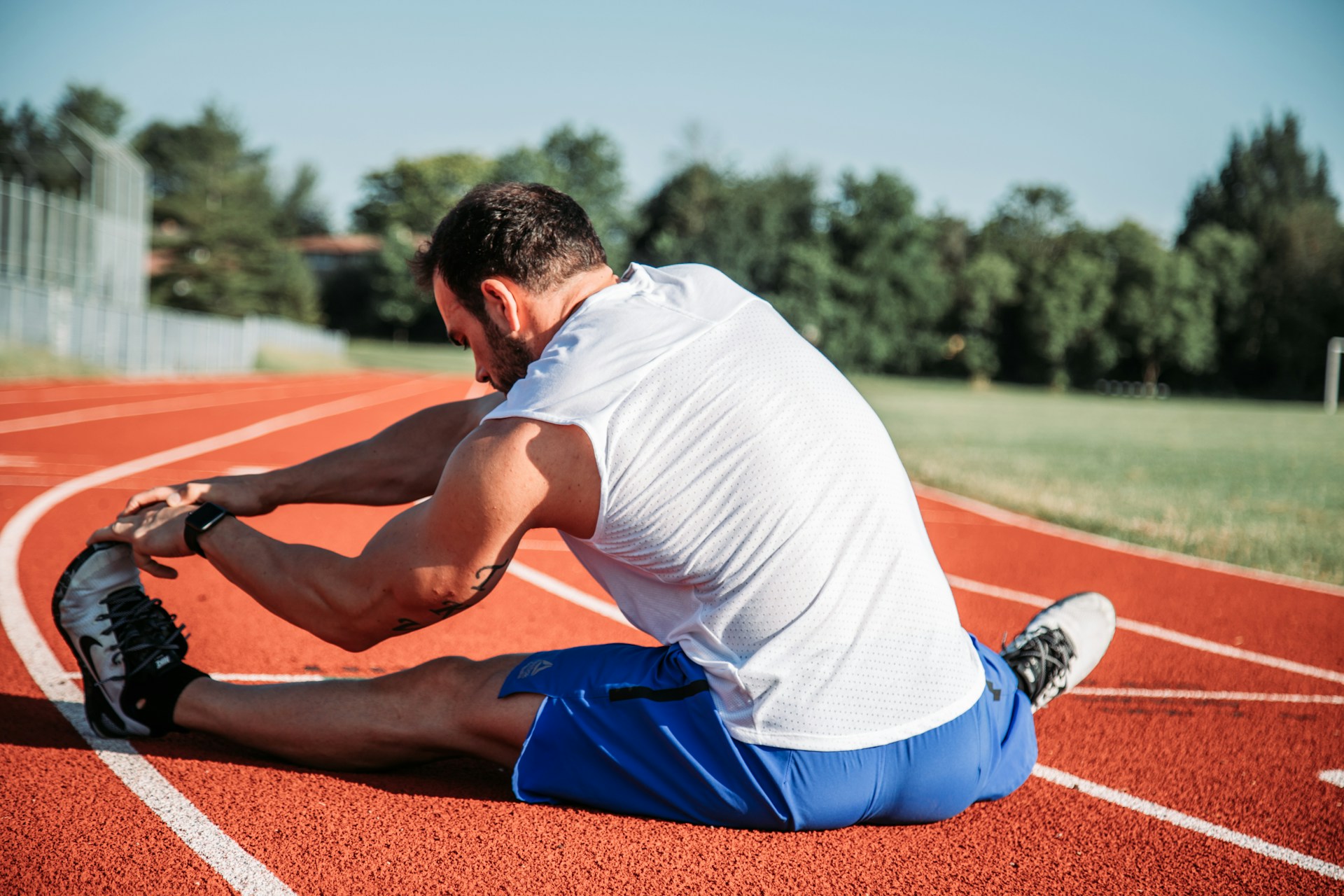In the realm of sports medicine, the quest for effective injury recovery and pain management strategies is ceaseless. Athletes push their bodies to the limit, subjecting themselves to strains, sprains, and fractures in pursuit of excellence. Amidst this pursuit, a once-controversial contender has emerged as a potential game-changer: cannabis. With evolving perceptions and scientific advancements, the integration of cannabis into sports medicine practices is gaining traction. This article explores the intersection of cannabis and sports medicine, delving into its potential benefits in injury recovery and pain management, including the intriguing zheetos strain.
Understanding Cannabis:
Cannabis, also known as marijuana, contains numerous active compounds called cannabinoids, with delta-9-tetrahydrocannabinol (THC) and cannabidiol (CBD) being the most well-known. THC is primarily responsible for the plant’s psychoactive effects, while CBD offers therapeutic properties without causing euphoria. These cannabinoids interact with the endocannabinoid system (ECS) in the human body, which plays a crucial role in regulating various physiological processes, including pain sensation, inflammation, mood, and immune response.
Pain Management:
One of the most compelling applications of cannabis in sports medicine is its ability to alleviate pain. Athletes frequently encounter acute and chronic pain resulting from injuries, overuse, or intense physical exertion. Traditional pain medications, such as opioids and non-steroidal anti-inflammatory drugs (NSAIDs), come with a host of side effects and the risk of addiction or dependency. In contrast, cannabis offers a natural alternative with fewer adverse effects.
Research suggests that cannabinoids, particularly CBD, possess analgesic properties that can help mitigate pain by modulating the perception of discomfort and reducing inflammation. CBD interacts with receptors in the ECS to regulate pain signaling pathways, offering athletes a non-addictive option for pain management. Moreover, CBD-infused topical creams and balms can be applied directly to the affected area, providing localized relief and promoting faster recovery.
Injury Recovery:
Sports-related injuries often require extensive rehabilitation to restore functionality and prevent long-term complications. Cannabis may aid in the recovery process by addressing key aspects of injury management, including inflammation, muscle spasms, and tissue repair. For instance, THC has demonstrated anti-inflammatory effects that can help reduce swelling and promote tissue healing following traumatic injuries or surgical procedures.
Furthermore, cannabinoids may help alleviate muscle spasms and improve range of motion, facilitating more effective rehabilitation efforts. Athletes recovering from orthopedic injuries, such as strains, sprains, or fractures, may benefit from incorporating cannabis into their treatment regimen under the guidance of a healthcare professional. However, it’s essential to note that individual responses to cannabis can vary, and its efficacy as a therapeutic agent may depend on factors such as dosage, administration method, and the specific nature of the injury.
Legal and Ethical Considerations:
Despite growing acceptance of cannabis for medical purposes, its use in sports remains a contentious issue due to regulatory constraints and concerns about fair competition. Many sports organizations, including the World Anti-Doping Agency (WADA) and the United States Anti-Doping Agency (USADA), prohibit the use of cannabis among athletes during competition due to its classification as a banned substance.
Athletes must navigate the complex landscape of cannabis regulations and consider the potential consequences of using cannabis within the confines of their sport. While some jurisdictions have legalized cannabis for medical and recreational use, others maintain strict prohibitions, raising questions about fairness, integrity, and the spirit of competition. As attitudes toward cannabis continue to evolve, policymakers and sports governing bodies face the challenge of reconciling medical necessity with regulatory compliance in the context of elite athletics.
Future Directions and Challenges:
As interest in cannabis-based therapies grows within the medical community, there is a pressing need for rigorous scientific research to elucidate its safety, efficacy, and long-term effects, particularly among athletes. While anecdotal evidence and preliminary studies suggest promising outcomes, more extensive clinical trials are necessary to establish definitive guidelines for cannabis use in sports medicine.
Moreover, healthcare providers must receive comprehensive education and training on cannabis pharmacology, patient assessment, and therapeutic management to ensure safe and effective integration into clinical practice. By fostering collaboration between researchers, clinicians, athletes, and policymakers, we can advance our understanding of cannabis’s role in sports medicine and optimize its potential as a valuable adjunctive therapy for injury recovery and pain management.
Conclusion:
In conclusion, cannabis represents a compelling frontier in sports medicine, offering athletes a natural alternative for injury recovery and pain management. With its anti-inflammatory, analgesic, and muscle-relaxant properties, cannabis holds promise as a therapeutic option for athletes seeking to optimize their performance and well-being. However, navigating the legal, ethical, and scientific complexities surrounding cannabis use in sports requires careful consideration and ongoing dialogue among stakeholders. By embracing evidence-based approaches and fostering interdisciplinary collaboration, we can harness the full potential of cannabis to support athlete health, resilience, and longevity in the pursuit of athletic excellence.
